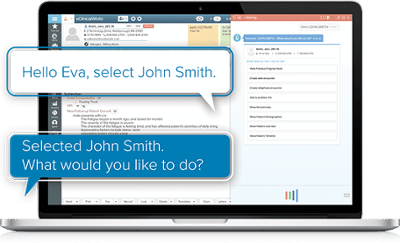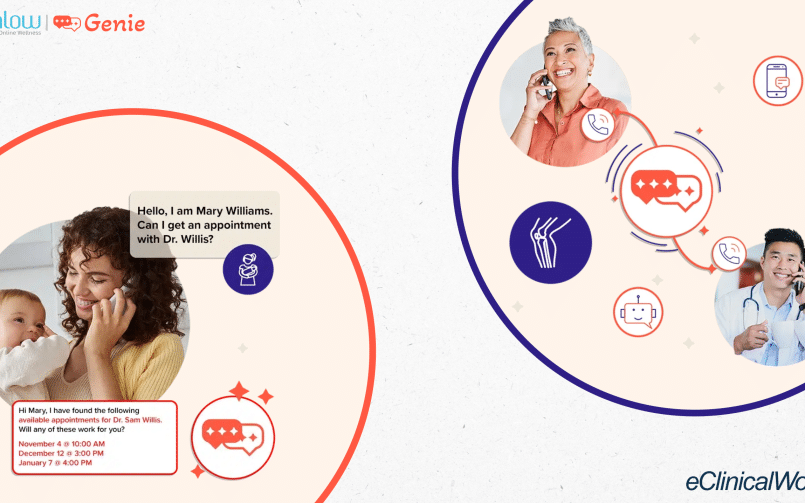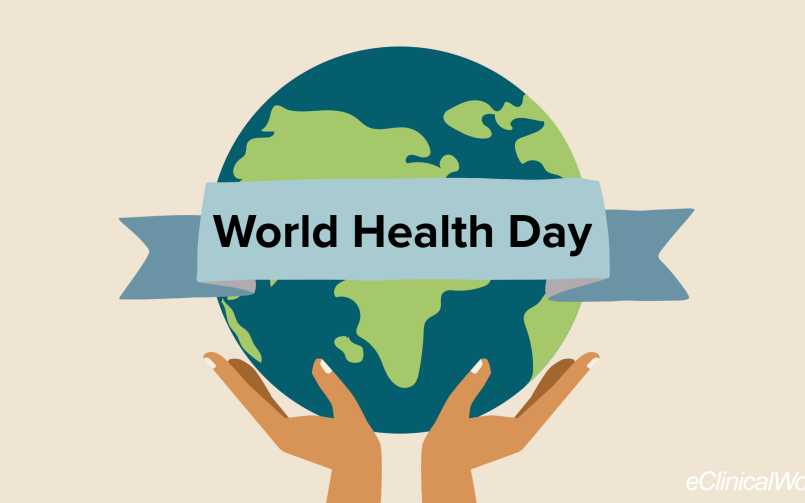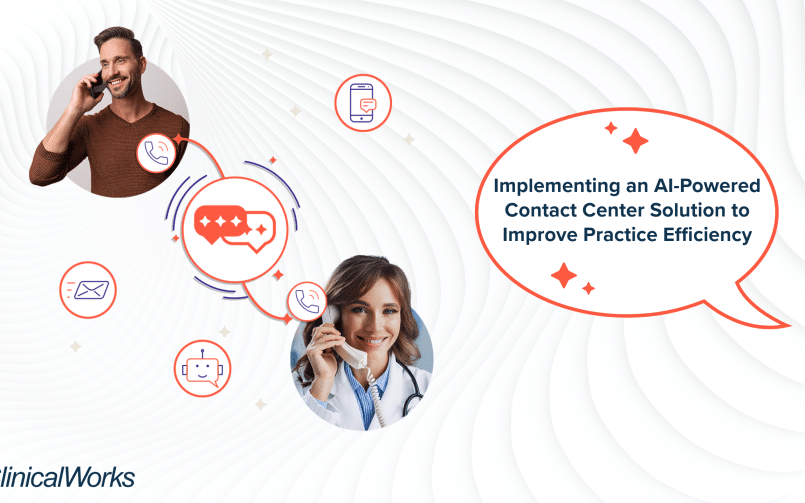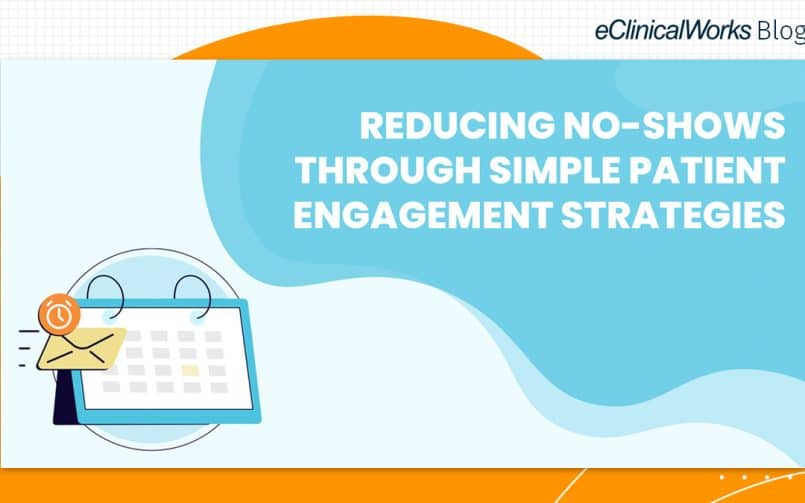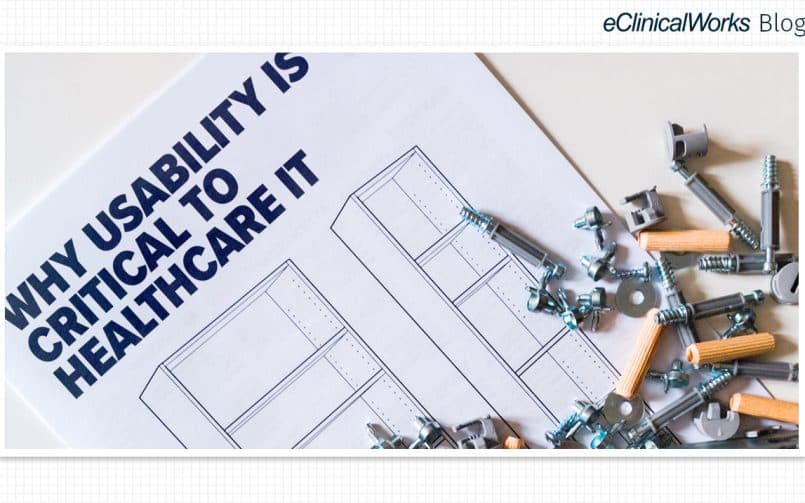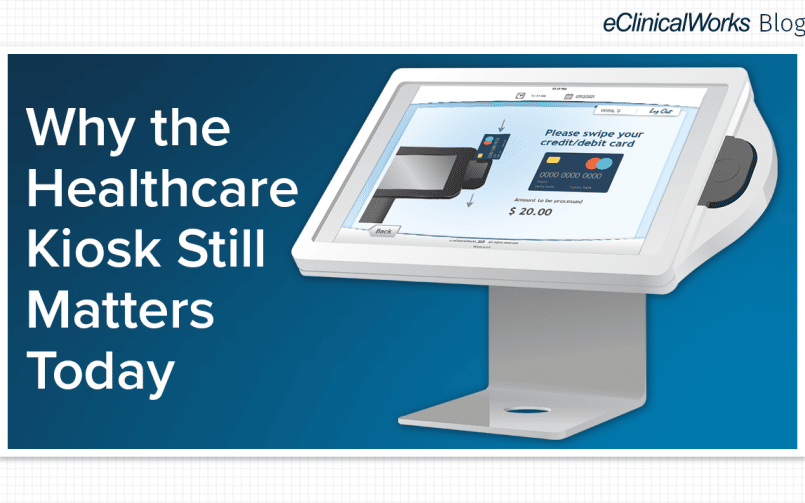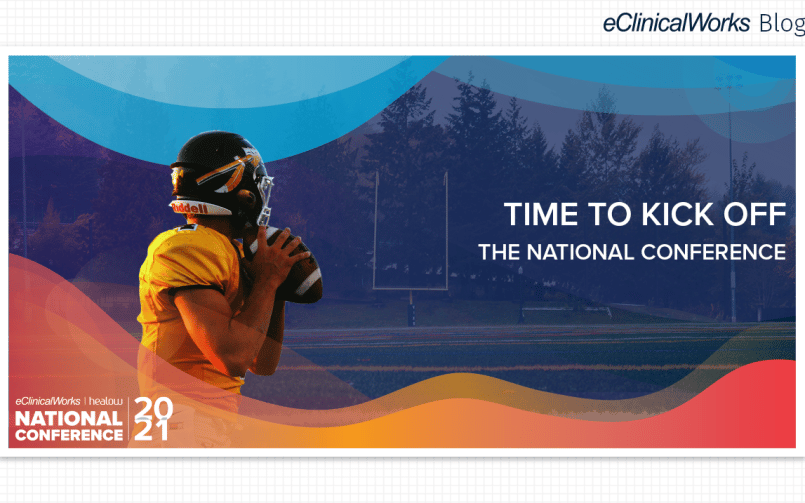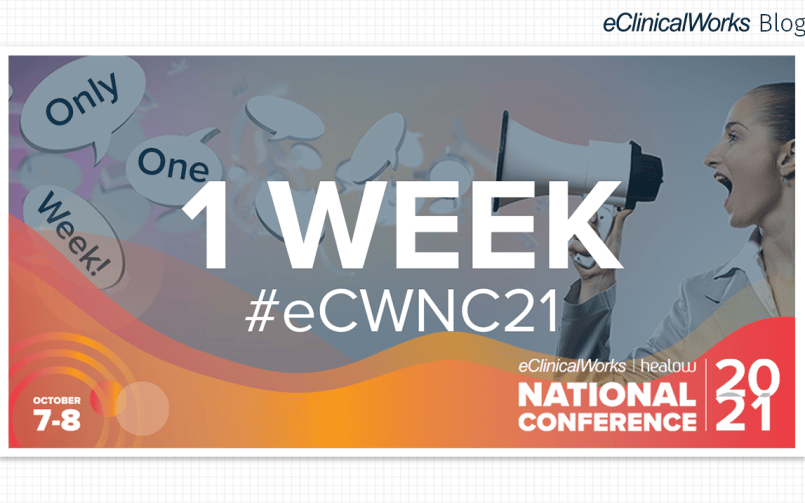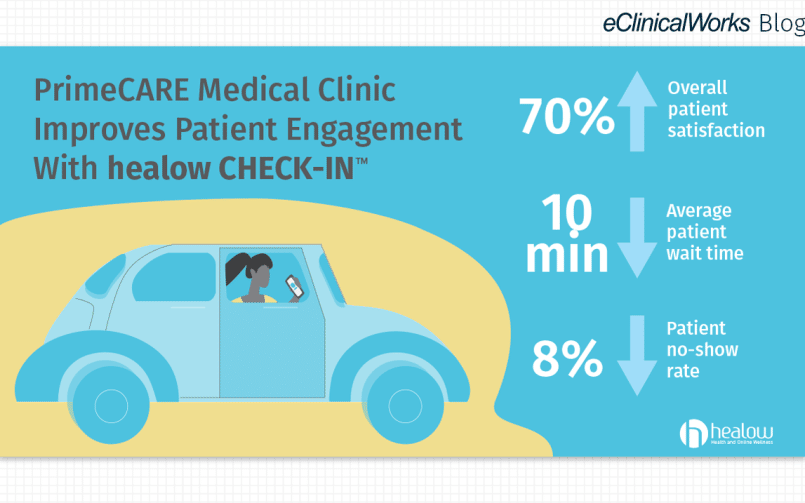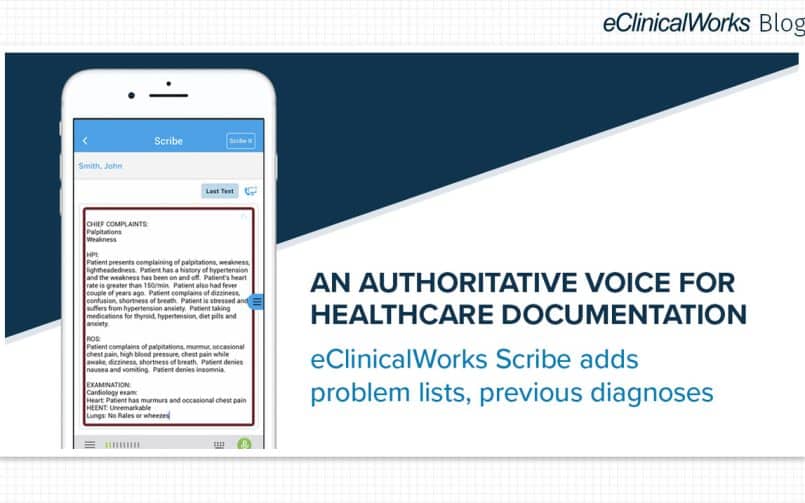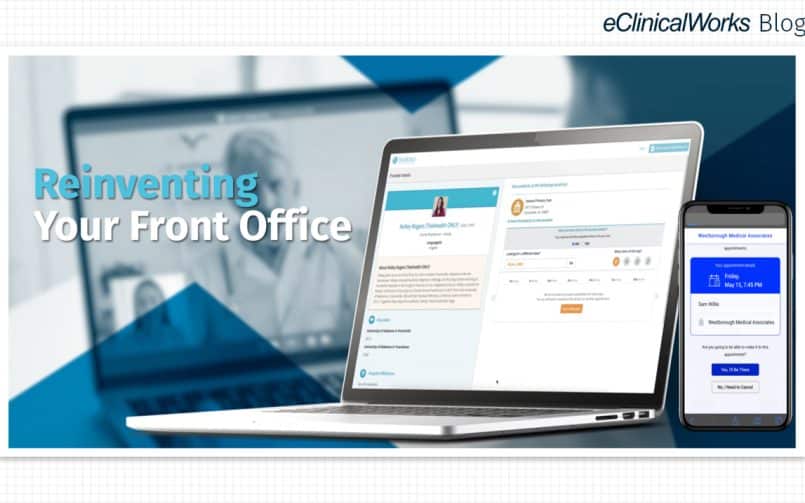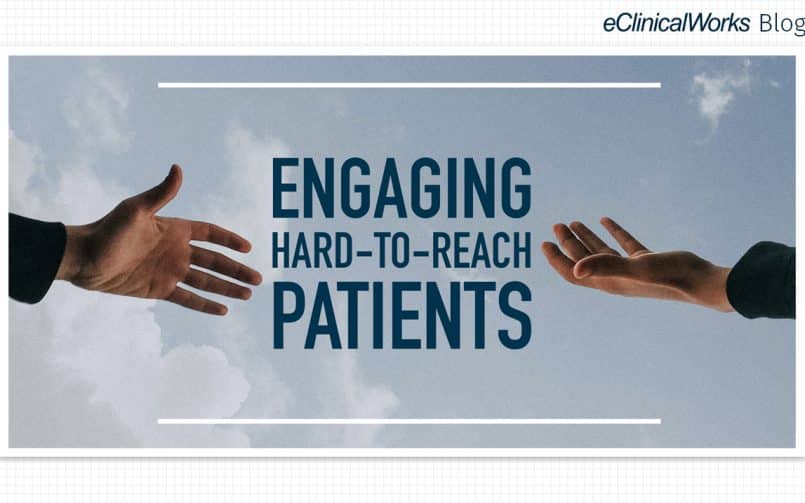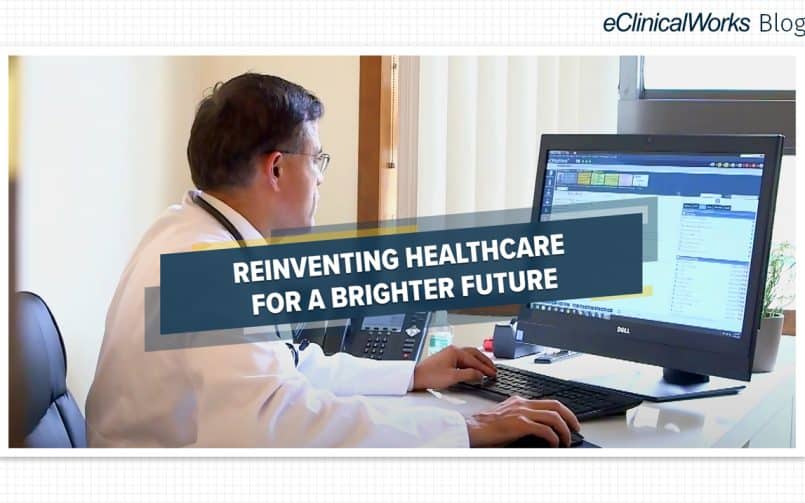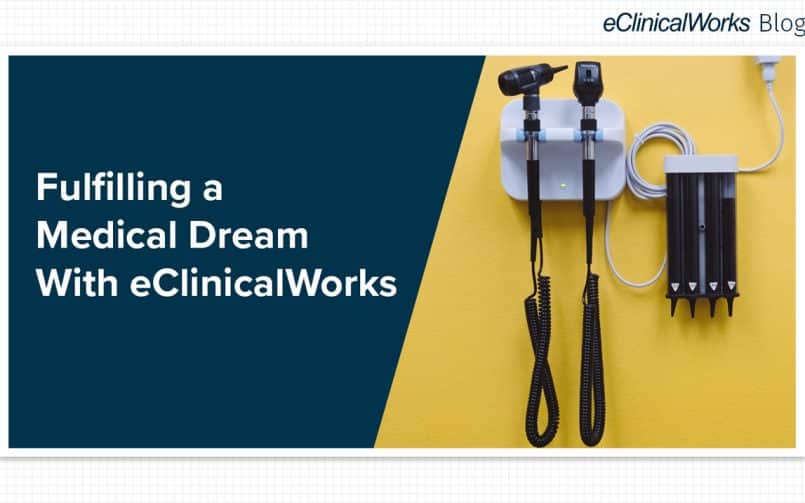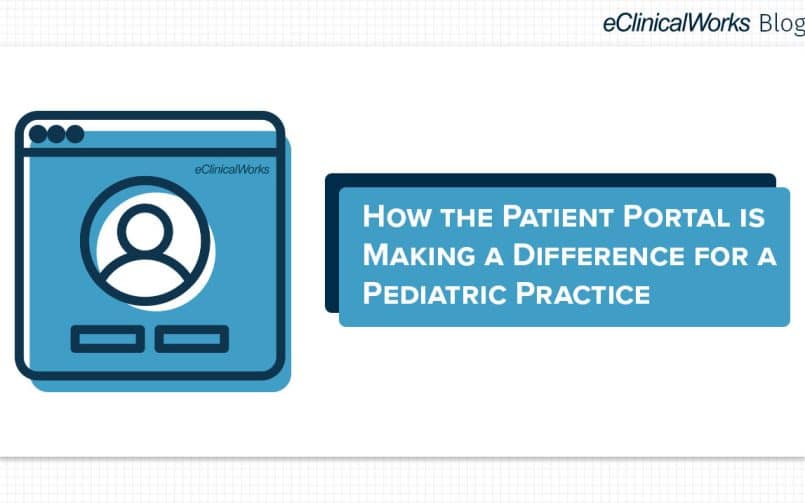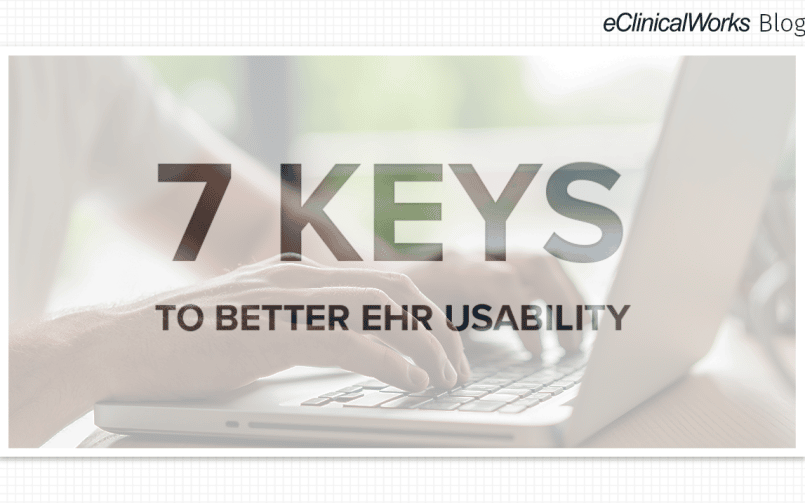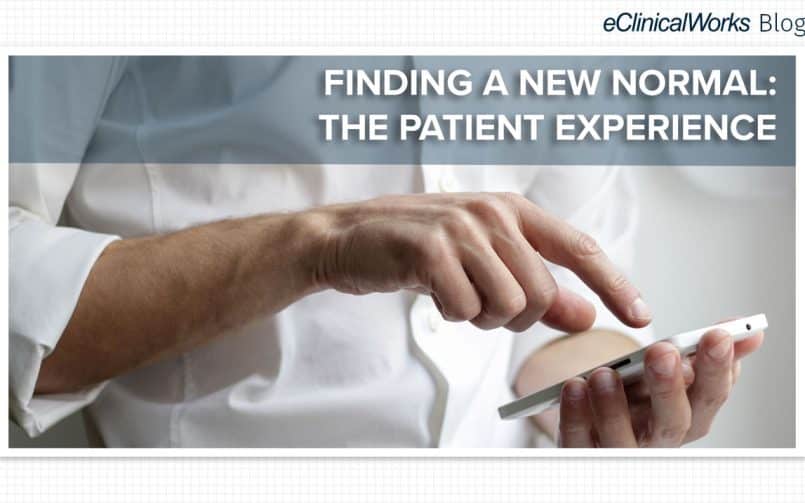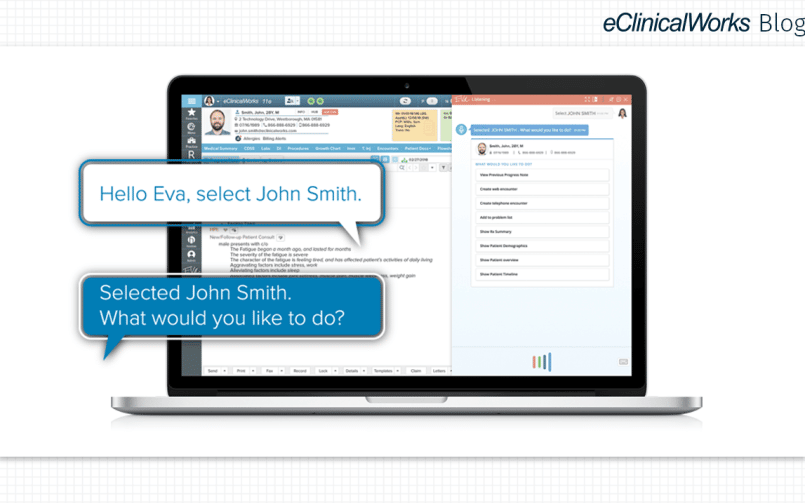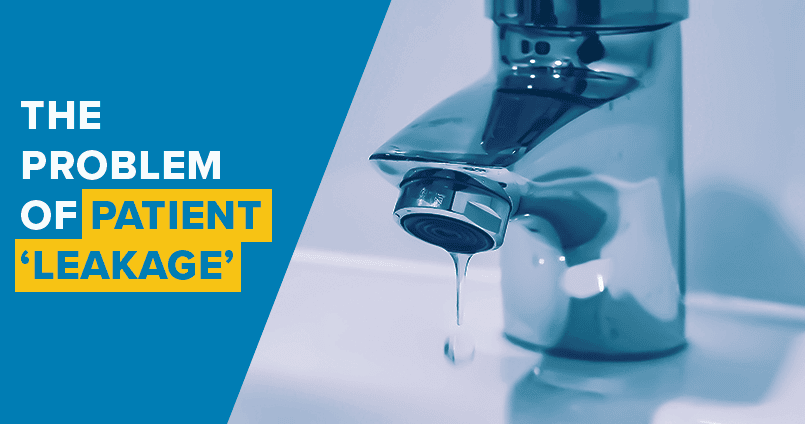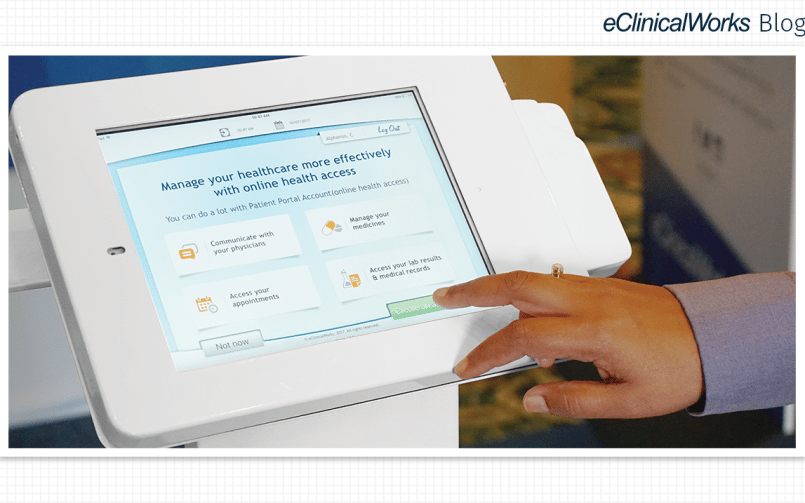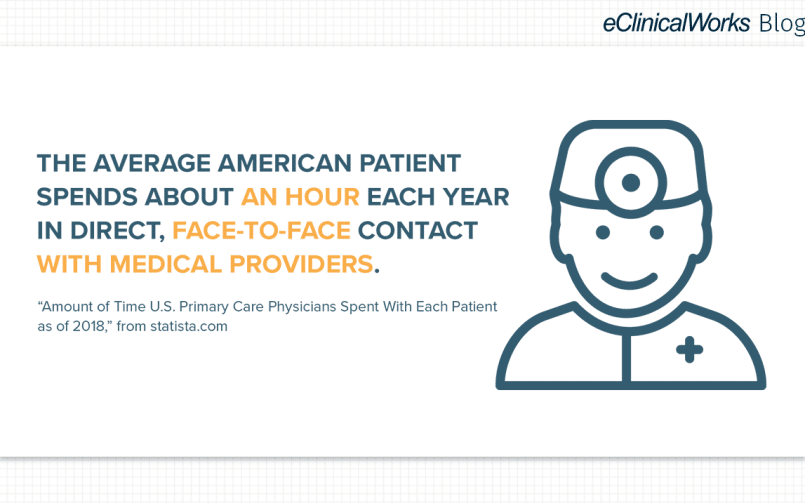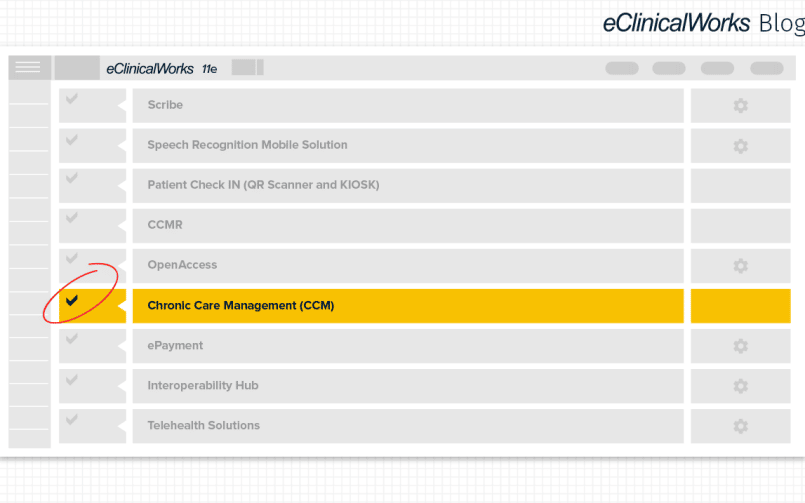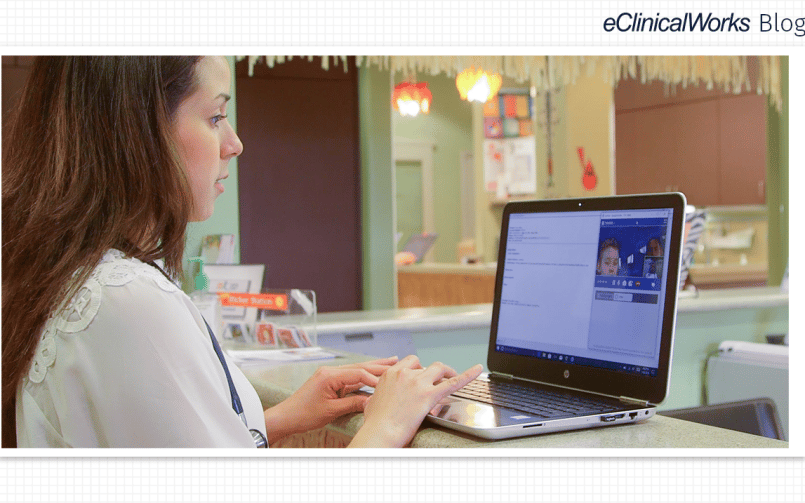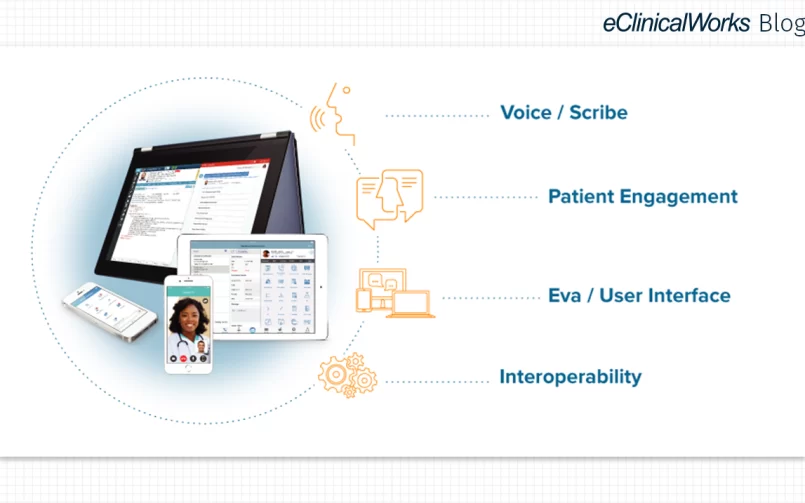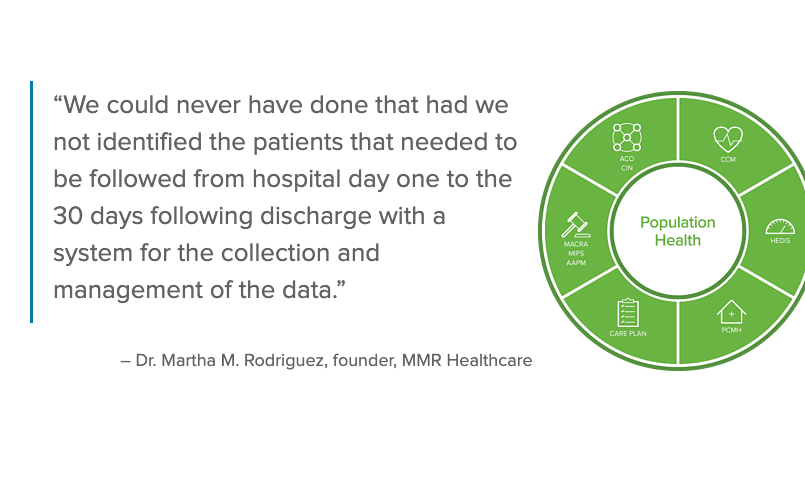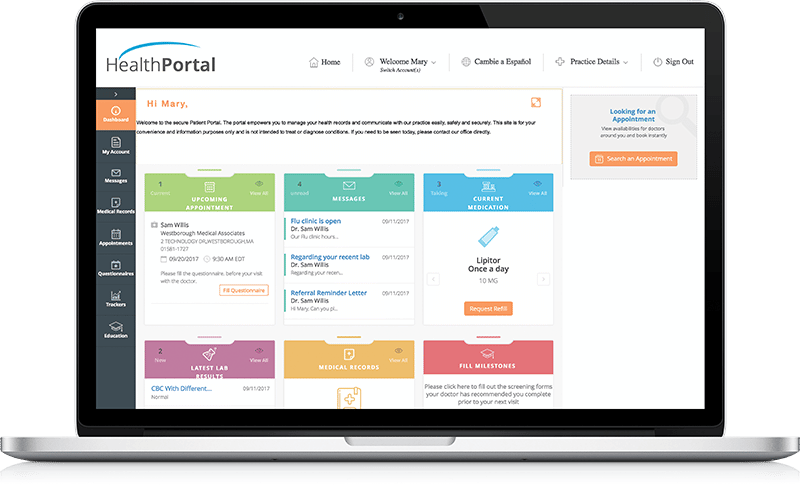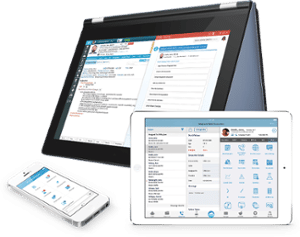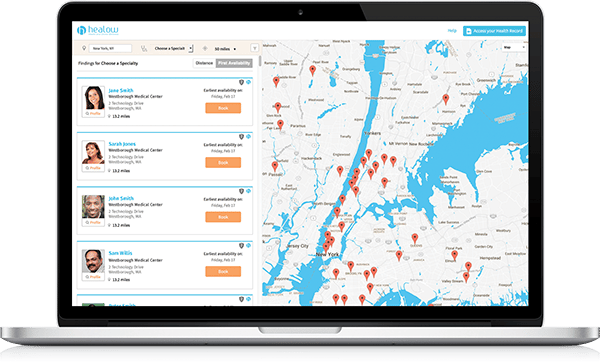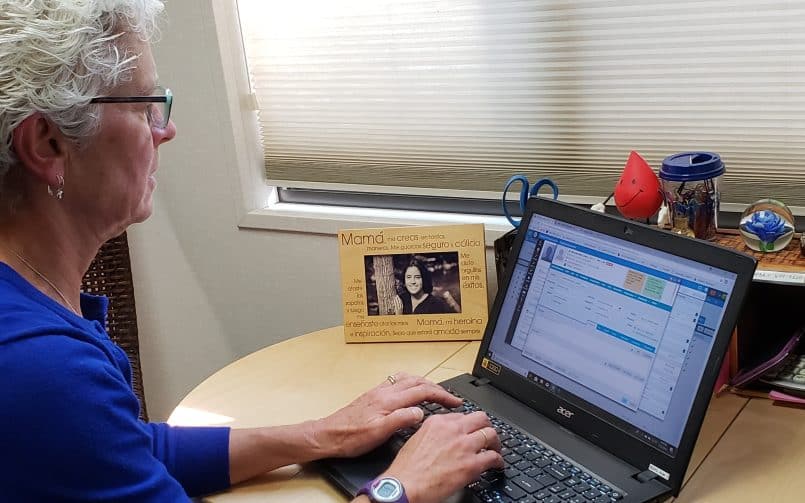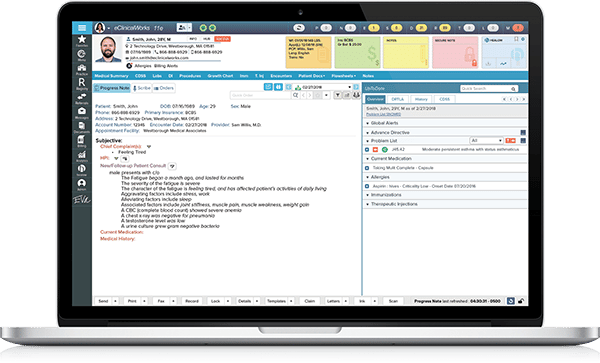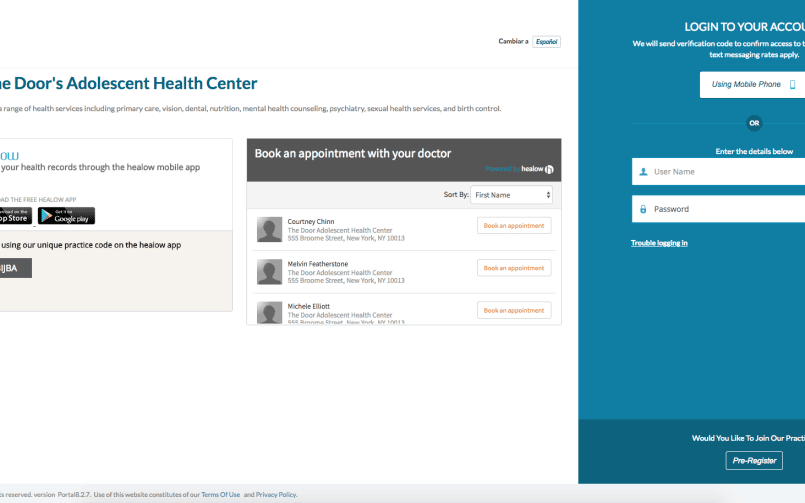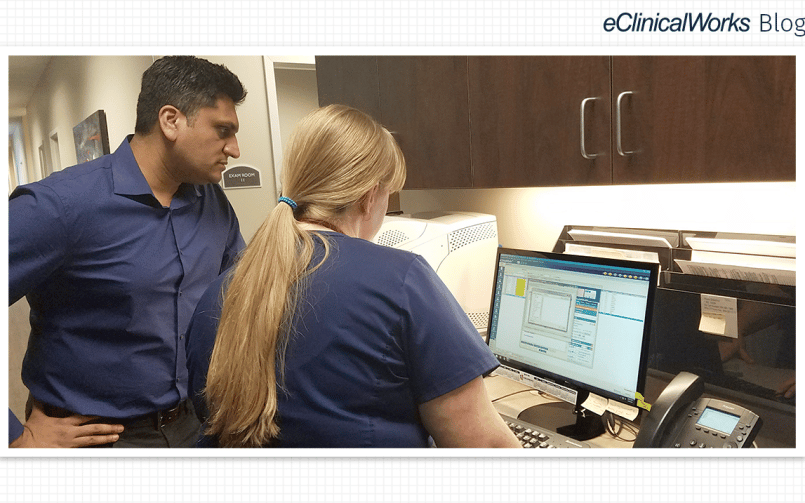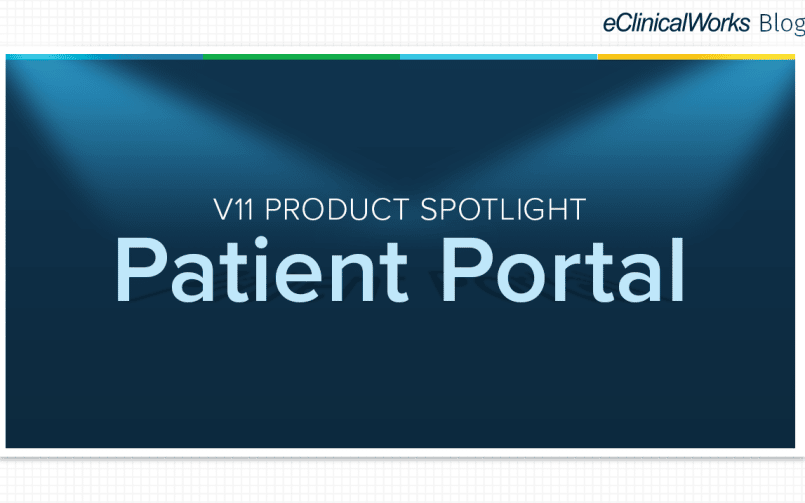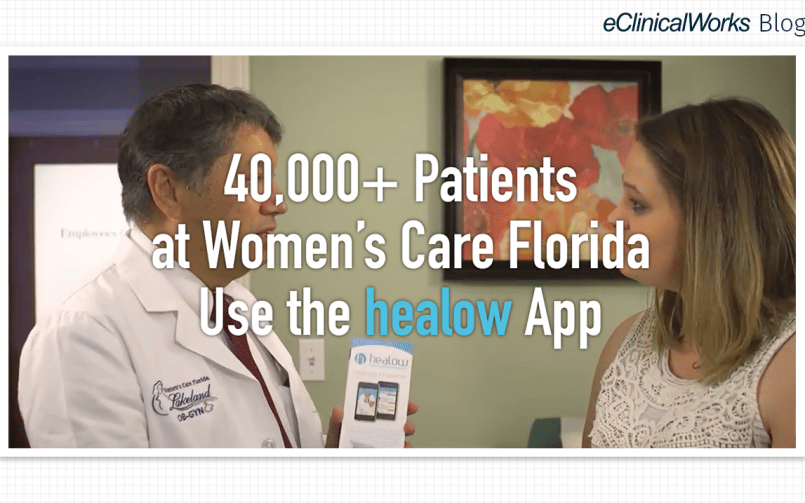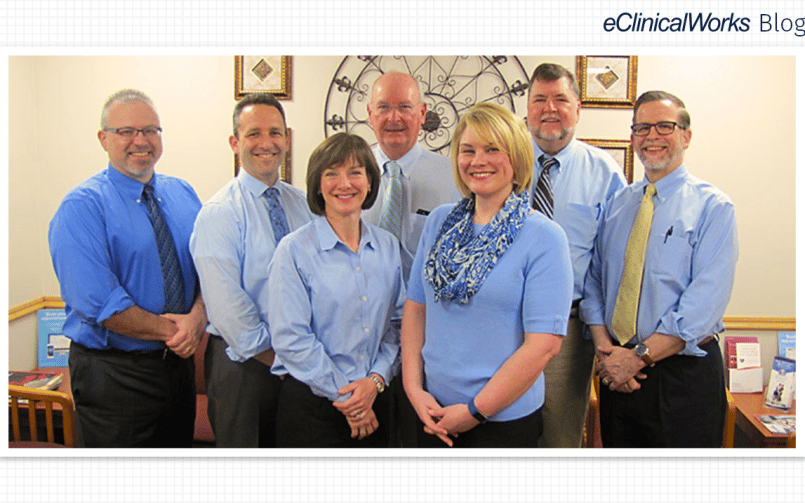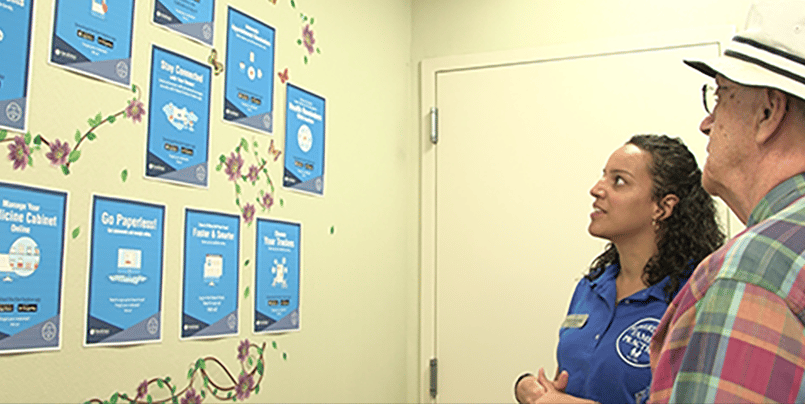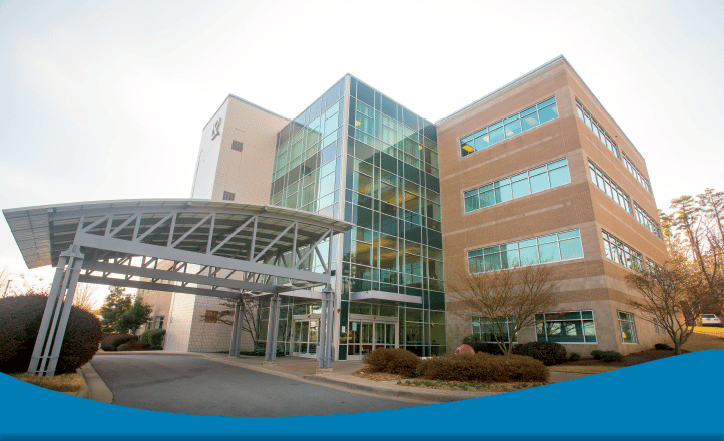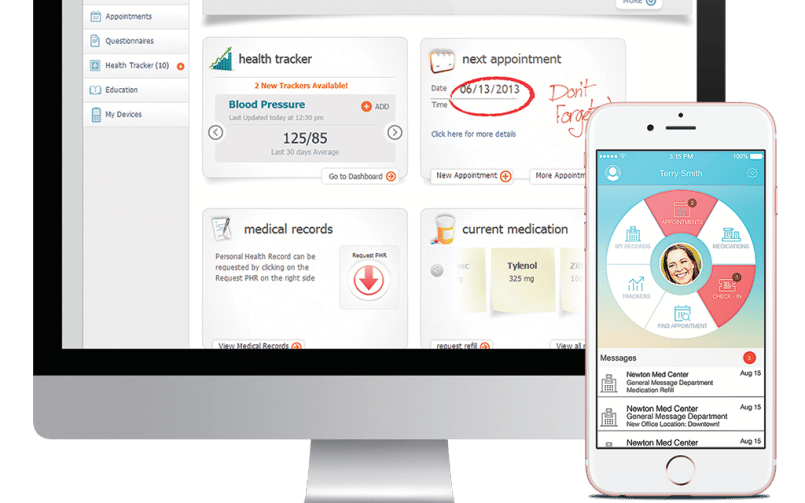Eva: A clear answer to the multitasking dilemma
- 13 February 2019
- Blog
eClinicalWorks
Many physicians and their staffs pride themselves on being able to do lots of different tasks. Their intentions are excellent. Doctors, after all, are in the business of helping patients. So, helping as many as possible in the shortest amount of time can’t be a bad thing, right?
Except that multitasking in medicine is running headlong into a growing body of research that suggests it is both inefficient and — when it comes to treating human beings — potentially dangerous.
For example, a study by Stanford University researchers published in the August 24, 2009, edition of the Proceedings of the National Academy of Sciences found that people who multitask aren’t as effective as those who do one thing at a time. In fact, researchers found, they got less done.
And a 2018 study in The Journal of Experimental Psychology, which focused on subjects doing tasks such as math problems or manipulating geometric objects, suggests multitasking isn’t very efficient. People think they are getting more done, but the mental switching required in going from one task to another reduces efficiency.
Multitasking may be relatively harmless when consuming media or manipulating geometric shapes, but it can be dangerous in a clinic or hospital. And therein lies a problem: Today’s physicians are expected to do more every year, in an increasingly demanding regulatory and compliance atmosphere.
Look around HIMSS19 and you’ll see just how complex, interesting, and challenging modern healthcare has become!
And yet, with those rising demands comes an increased risk of physician burnout. So, for reasons of patient safety and sustaining their careers, today’s doctors need to find some way to achieve the kind of multitasking that humans aren’t well equipped to do.
That’s why eClinicalWorks developed Eva, the eClinicalWorks Virtual Assistant.
The idea behind Eva is simple: Use the power of technology to unify and simplify tasks that computers can perform faster and more easily than humans while leaving providers to focus on what only humans can do — practice the art of medicine.
- Eva offers clinicians better ways to complete their documentation. Eva can respond to typed commands or, in tandem with voice-recognition technology, understand and respond to voice commands.
- Eva recalls patient data on demand and compares a patient’s past and current Progress Notes in a single screen. That helps doctors better understand each patient’s case.
- Eva functions as a superstar office assistant — and one who never grows tired or impatient, never forgets a name, and has seemingly endless information ready to hand.
- Eva does all this and more in a single screen. That means that providers can take a moment to answer an email, book an appointment, make a referral, or watch an educational video — and they never have to leave the screen. That means no more losing their place or struggling to remember what they were doing before they were interrupted.
To fully appreciate how transformative Eva could be for your practice, only seeing is believing. While you’re at HIMSS19, stop by and see us at booth #149 and we’ll show you what Eva can do!
